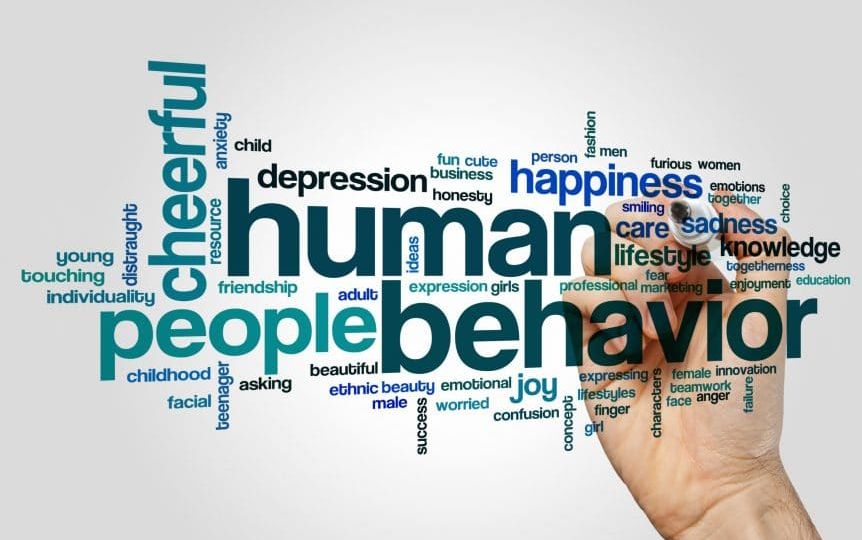
So far in this series on developing your healthy, high performing team I have covered the first two conversation centers, Why and Form. At this point you are clear on your purpose and the promise your team is making. You have recruited the right team and are organized in the most effective structure. Before we move into the action cycle, there is one more thing to cover. How do we act as a team.

The Tuckman Model
When we get together as a team to coordinate and take action, we each bring our expectations of how things should be. In essence we are projecting how we think we should behave onto others. Dr Bruce Tuckman talked about this in his team formation model with its four stages Forming, Storming, Norming and Performing. The storming phase is when tension starts to arise between how we think things should be and how others act. Norming is the stage where we align on a new set of shared team behaviors that lead us to perform well together.
What Dr Tuckman described in 1965 is equally important today. Knowing these stages of team development gives us an opportunity to accelerate our team’s path to performing effectively. We can do this by having a team conversation to agree what our shared team behaviors are.
Describing Shared Team Behaviors
This is an important and tricky conversation. Team members may be reluctant to share their full views for fear of them not being accepted. It is also easy for team members to coast through this and agree, just to move the conversation along. When that behavior happens for real, they will be less inclined to take a stand. I recommend bringing in a facilitator for the conversation, so you get a good set of agreed team behaviors right at the outset.
Holding Others Accountable
Now you have a set of agreed team behaviors, the real work starts. As your team moves into action, conflicts with these agreed behaviors will inevitably arise. This is a leadership moment for the leader and members of the team. Do you let it slide, “it was only small issue and everyone gets it” or do you remind everyone of the agreed behaviors? In my view, you have to stop and remind everyone. If you don’t, then why did you agree a set of shared team behaviors. By intervening, you are also setting an example for your team, and on the best teams, members hold each other accountable.
Practice
In many team workshops I have attended, a set of team behaviors were created and filed away, never to be seen again. That didn’t work for the teams I was on, and it won’t work on yours. I strongly recommend the agreements are printed and made available to everyone at each team meeting. Going further, I also recommend setting aside 15 minutes to review the behaviors to check they are still valid and discuss any adds/changes. The Executive Leadership team at Intel have their agreements printed and hung on the wall of their room for each meeting. If they see the value in the time to do, it illustrates the importance of this step.
Summary
A lack of or unclear team behaviors will lead to ugly breakdowns that undermine the performance of your team and reduce the level of trust. Take the time upfront to engage your team to create a living set of shared team behaviors. You won’t regret it.

